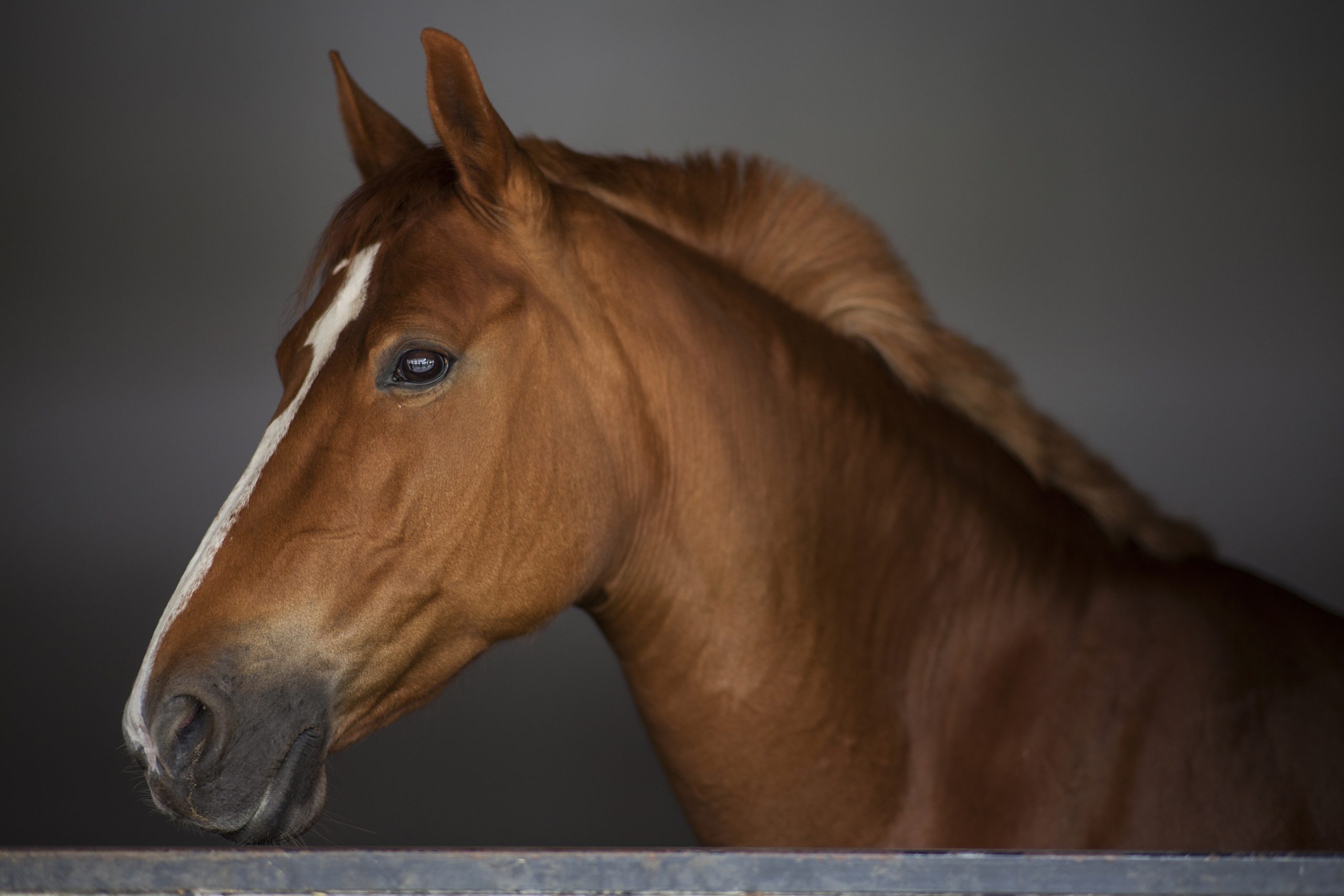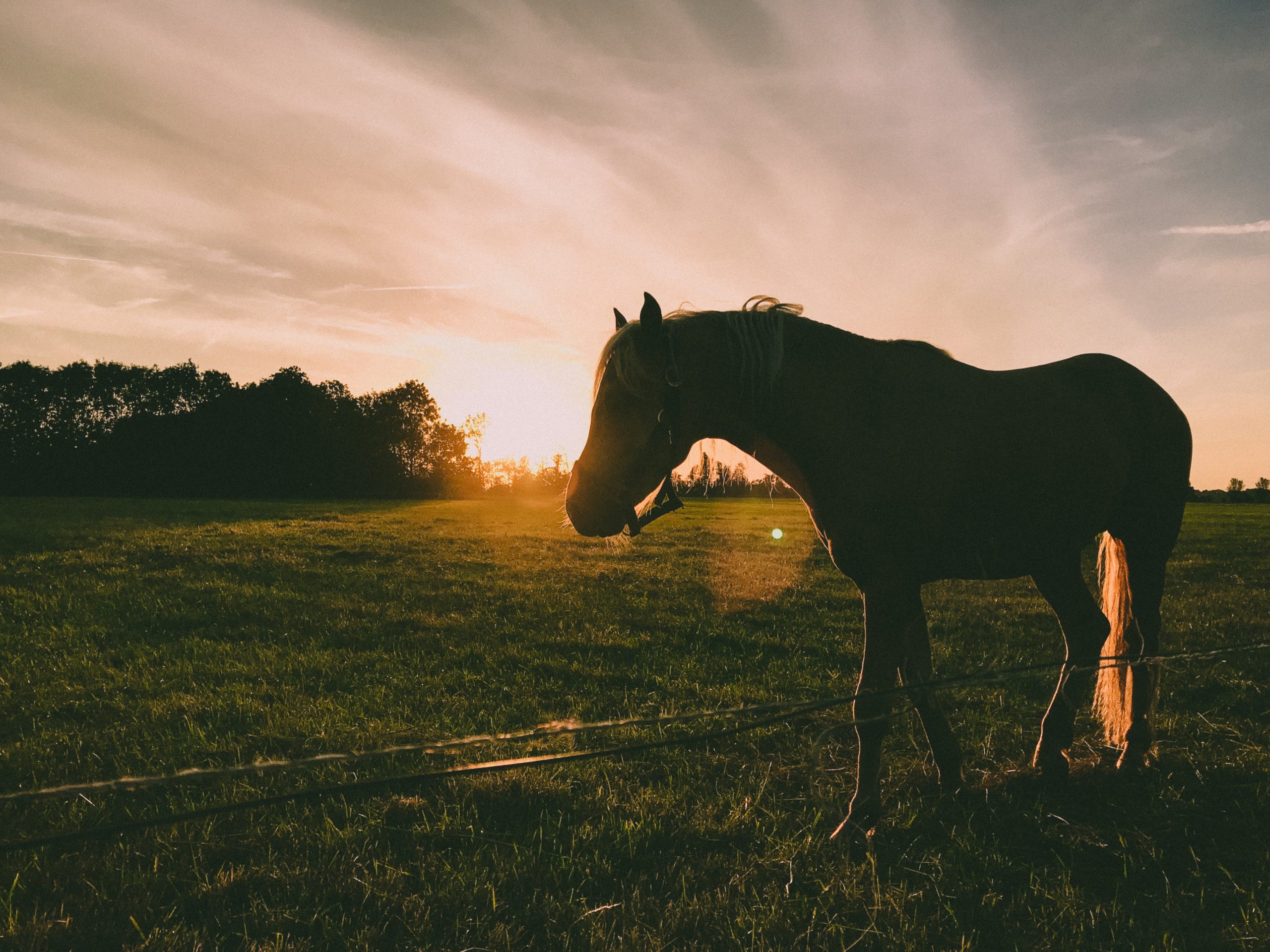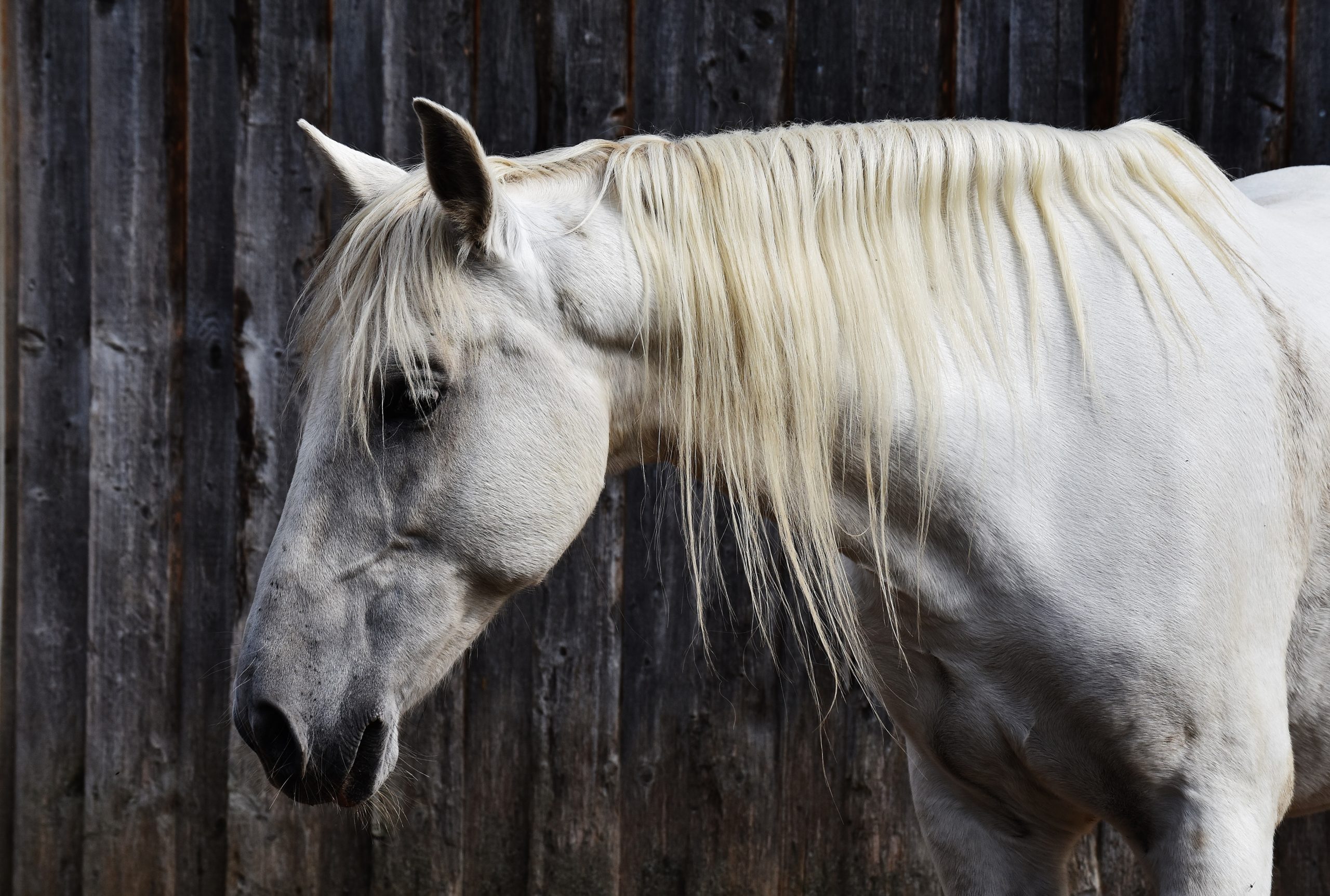Every foal has to go through it; every owner admits to some worries about it; and almost everyone survives it. For something that happens every year, weaning never seems to take on the status of ‘just another day’s work’.
Separating a foal from its dam is guaranteed to produce some anxiety in both animals.
This is almost inevitably followed by at least a brief slowdown in foal growth and condition. Foals are also at a somewhat greater risk of disease and injury during the weaning process. Broodmares occasionally develop mastitis.
Managers can minimise problems by weaning at the optimum time and by implementing a sound nutritional plan for mares and foals both before and after weaning.
A Solid Foundation
Newborn foals nurse frequently, gaining weight quickly in the first days and weeks of life. During this early stage, virtually all nutrients are delivered in the mare’s milk. Soon, however, the foal begins to nibble grass or hay and to sample grain from the mare’s ration. A study by the Japan Racing Association showed mare’s milk provided decreasing amounts of calcium, phosphorus, magnesium, zinc, and copper as foals grew from the age of three days to seventeen weeks.
In the same period, foals derived increasing amounts of these minerals from pasture consumption. Because total intake from milk and pasture failed to meet NRC recommendations at some points, this study concluded that creep feeding of a nursing foal should begin as soon as the foal shows an interest in consuming grain. A commonly used guideline is to provide half a kilogram of grain for each month of a foal’s age.
As the seasons progress from spring into summer, a foal nurses less frequently until, at four months of age, it is ingesting only about half as much milk each day as it did at one week old. Pasture usually provides a significant portion of the diet by this time, and the foal is spending less time at its dam’s side and more hours in the company of other foals.
Managers often encourage this move toward independence by briefly taking the foal out of sight of the mare for hoof trimming, weighing, and other routine care. Although mare and foal may become quite agitated at first, calling loudly to each other until they are reunited, these brief separations become less stressful with repetition.
The Day Approaches
Foals are generally weaned when they are somewhere between four and six months of age. Well before this time, young horses need to be eating grain regularly, deriving the majority of their nutrition from pasture and concentrates. One way to do this is by providing an enclosed feeding area in the pasture that allows foals to enter while excluding mares. This method gives foals free-choice access to grain many times a day, but makes it difficult to monitor intake by an individual foal.
For this reason, farms may choose to provide each foal an individual bucket of grain when the mares are fed. The preweaning goal for the broodmare is to encourage her milk production to taper off while avoiding discomfort and infection. Cutting down her grain intake for several weeks before and after weaning aids this process. This can safely be done without compromising the mare’s nutritional status, even if she is carrying next year’s foal, as long as good pasture is available and a well-formulated vitamin and mineral supplement is provided.
Methods Can Vary
The actual method of weaning depends to some extent on the number of foals, their ages, and the facilities that are available. In every case, the goal is the same: to accomplish the separation of mares and foals while minimising stress and avoiding injuries.
A traditional method is to remove all mares at the same time, moving them far enough away that neither group can see or hear the other. Foals are left with their peers in a familiar pasture. There will be a period of running and whinnying that may last a day or two, after which the foals realise they can get along fine without their mums.
Another practice is to remove a couple of mares each day, starting with the dams of the oldest and most independent foals and continuing until only foals are left. Foals seem to feel less stress as long as there are still adult horses in sight, but there is a chance of injury if foals pester irritable mares while searching for their mothers.
Fence-line weaning is an option in which mares are moved to one side of a strong fence while foals are left on the other side. The fence must be constructed to prevent nursing, but each group can see, hear, and smell the other group. After a week or so, the mares can be taken away with very little effect on the foals. A study at Texas A&M University showed that foals weaned in this manner showed less whinnying and running than foals separated by other methods. Levels of cortisol, a hormone that indicates level of stress, were lower in fence-weaned foals than in foals suddenly separated completely from their mothers.
Some farms choose to confine newly weaned foals to a stall for a day or two before letting them out to pasture. Like pastured foals, stalled foals will whinny and become agitated when the mare is removed. Regardless of the facilities used – open pasture, fenced pen, or stall – safety should be the first consideration for both foals and mares. Managers need to inspect fences, gates, doors, and partitions to be sure foals can’t get legs or heads stuck as they search frantically for their mothers.
Cool It!
Every effort should be made to keep mares and foals healthy during the adjustment period that follows weaning. Consider these points:
- Avoid additional stress such as halter-breaking, vaccinations, or deworming foals within a few weeks of weaning.
- If possible, don’t wean during extremely hot, humid weather. Some foals may run themselves to exhaustion, and heat stress can be life-threatening.
- Be sure foals have become familiar with feed products before weaning.
- Watch foals for injury and also for signs of respiratory or digestive disease, as stress has a depressing effect on the immune system.
- A product like Bag Balm can be applied to keep the udder in good condition. Check mares’ udders several times a day for heat or tenderness that may be signs of mastitis, and consult a veterinarian for treatment of the infection.
When the Time is Right
Managers of large farms generally wean over a several-month period when groups of foals reach the desired age (usually four to six months old). Thus, foals born in August and September would be weaned well before those that arrived in November or December.
However, while general parameters apply to most horses, each foal grows at an individual rate. Individual evaluation might show that a foal needs to be weaned early, possibly because it is growing too fast. Conversely, a foal that is small or sick may be left with its dam somewhat longer than usual, although nursing seems to be triggered more by emotional than nutritional needs in older foals.
Milk production has a slightly different effect on every broodmare, and some older mares become too thin or may not come into estrus while lactating. Other reasons to wean a foal early might be to get a show mare back into performance condition, or because the mare or foal is to be sold or moved to another property.
Eat! You’ll Feel Better!
No matter how it is done, weaning is hard on foals, and most go through a brief period when their body condition suffers. ‘It seems to be a natural thing,’ said Rich Decker, a KER operations manager with years of experience in Thoroughbred farm management. ‘Most of the foals get a little pot-bellied and develop a rough coat, but they usually come through all right with time and good feed.’
This postweaning slump, and the growth spurt that often follows, are critical times because major variations to the young horse’s growth plane have been linked to skeletal problems as the animal matures. Regular monitoring of weight and condition can catch serious variations in growth, allowing managers to adjust the weanling’s diet.
A good dietary plan for weanlings is a 14% or 16% grain mix fed at the rate of about 0.5 to 1 kg per day for each month of the horse’s age. Contrary to some opinions, research has shown that excess protein does not cause developmental problems, and in fact a steady supply of lysine, an amino acid, is essential for proper growth. Soy meal and canola meal provide this nutrient in many grain mixes designed for young horses. A fortified ration specifically designed for growing horses supplies necessary vitamins and minerals, while a diet of grass hay and oats is deficient in calcium, phosphorus, copper, and zinc.
Overconsumption of energy, either from grain or pasture, is often the culprit in developmental orthopedic disease, with large, heavy foals showing a somewhat higher incidence of skeletal defects. Recent research at KER has shown an increased incidence of osteochondritis dissecans (OCD) when foals were fed large grain meals that caused a spike in blood glucose and a corresponding insulin surge. Spreading out meals through the day and using low-glycemic feeds may help to avoid developmental problems.
Access to good-quality pasture is important for weanlings, both as a dietary element and for correct bone development. According to a study at Michigan State University, confining young horses to stalls for long periods was shown to hinder proper skeletal maturation.
By introducing foals to fortified grain well before weaning day, and monitoring weight and condition after the separation, managers can help to guarantee proper growth and development in their young charges.




